If you’ve ever dealt with stubborn seeds that seemed impossible to germinate indoors or outdoors, you probably blamed it on old seeds, bad soil, or uneven watering.
But in fact, you’re probably doing everything right except for this one thing: giving them enough cold.
It kind of goes against what we usually know about seed starting, which is giving them enough heat.
Read more: Find the optimal soil temperatures for germinating all kinds of seeds
But now they like it cold?! Yep, certain seeds actually need a period of chilling (known as cold stratification) in order to sprout.
In the wild (or your garden), seeds get this naturally when they drop to the ground and are exposed to the elements all winter. Certain plant species evolved with a survival mechanism to delay germination so their seeds would not germinate during an unseasonably warm spell in fall or a thaw in January (and subsequently get killed by the return of cold weather).
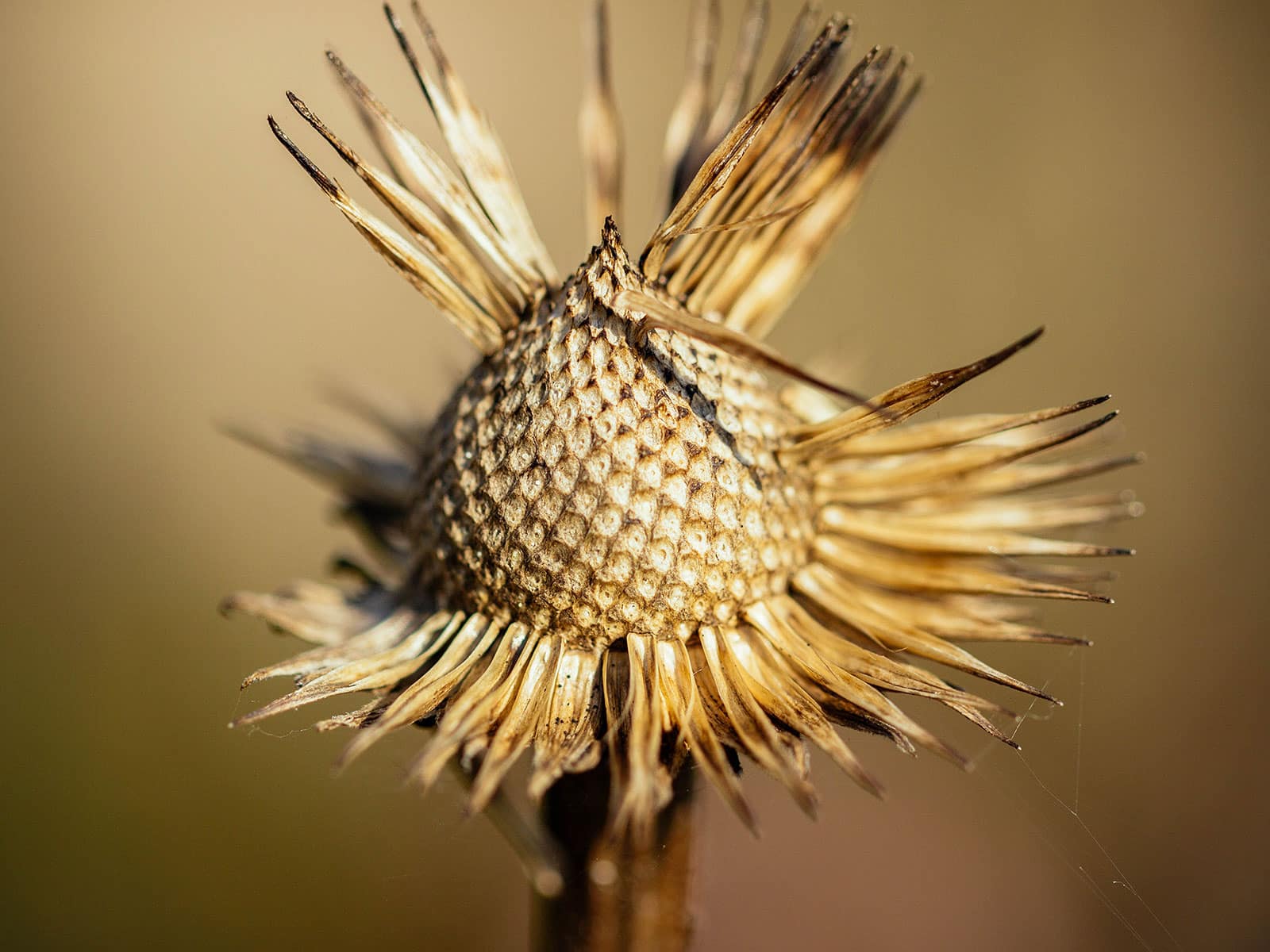
For seeds you buy or seeds you collect for sowing later, you need to replicate those cold and moist conditions to help them break their dormancy and trigger germination.
And that, right there, is the key…
Cold and moist
It’s not the cold alone that triggers germination, but cold combined with moisture. Simply sticking your seed packet in the fridge for a few weeks isn’t going to cut it; you also have to put those seeds in constant contact with moisture.
Related: More ways to germinate tricky seeds
The ideal conditions for cold stratification include:
- Cold (between 34°F to 40°F, the standard temperature range of a home refrigerator)
- Moisture (to mimic damp soil or winter snow)
- Time (typically two to eight weeks, depending on the type of seed)
An easy way to stratify seeds
- Dampen a paper towel or paper coffee filter (so it’s moist, but not dripping wet)
- Fold your seeds inside
- Place in a plastic zip-top bag, loosely seal it, and label with the name and date
- Refrigerate
After a number of weeks of cold treatment, the seeds will start to germinate and you can transfer the seedlings to a potting medium.
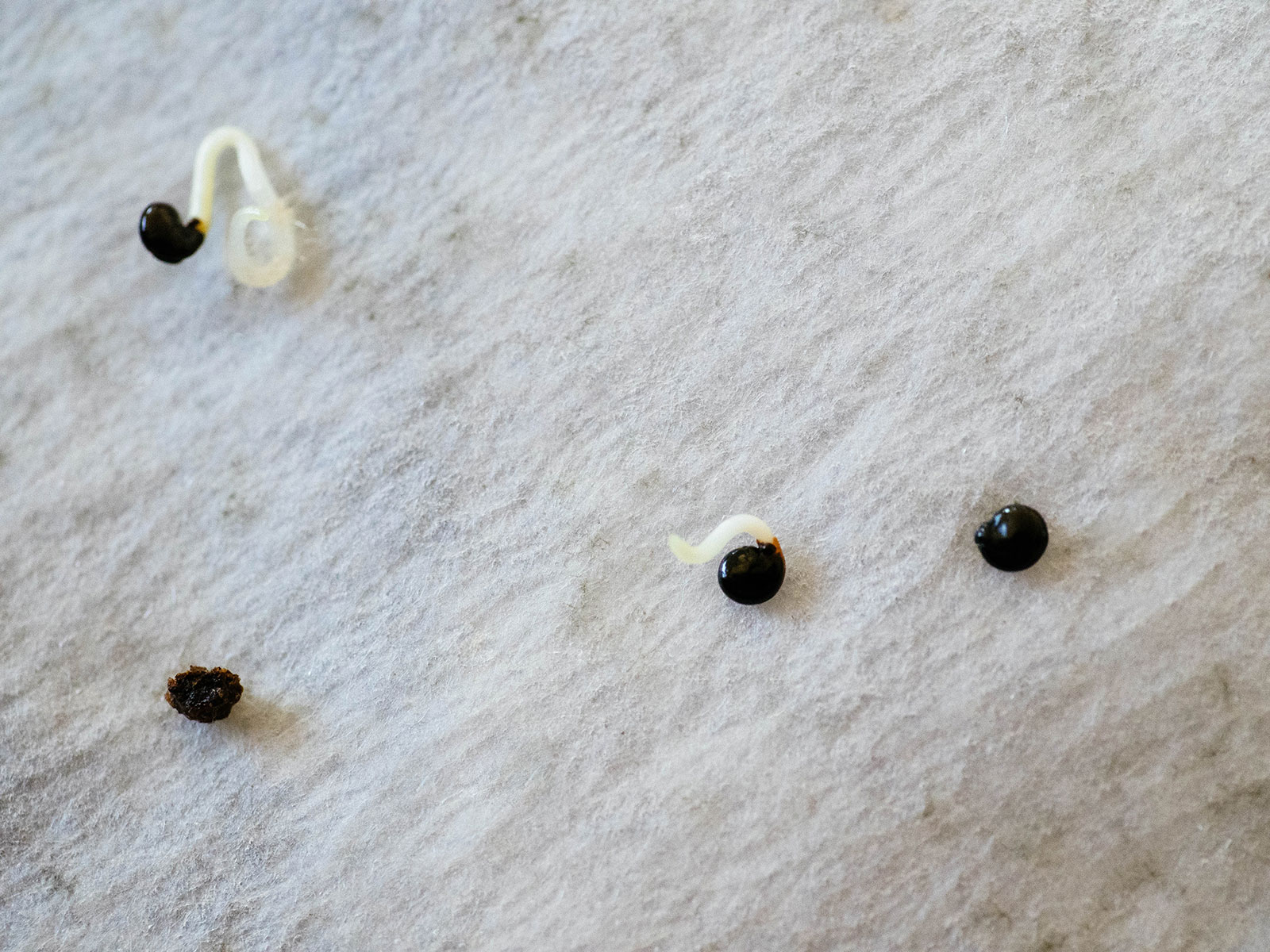
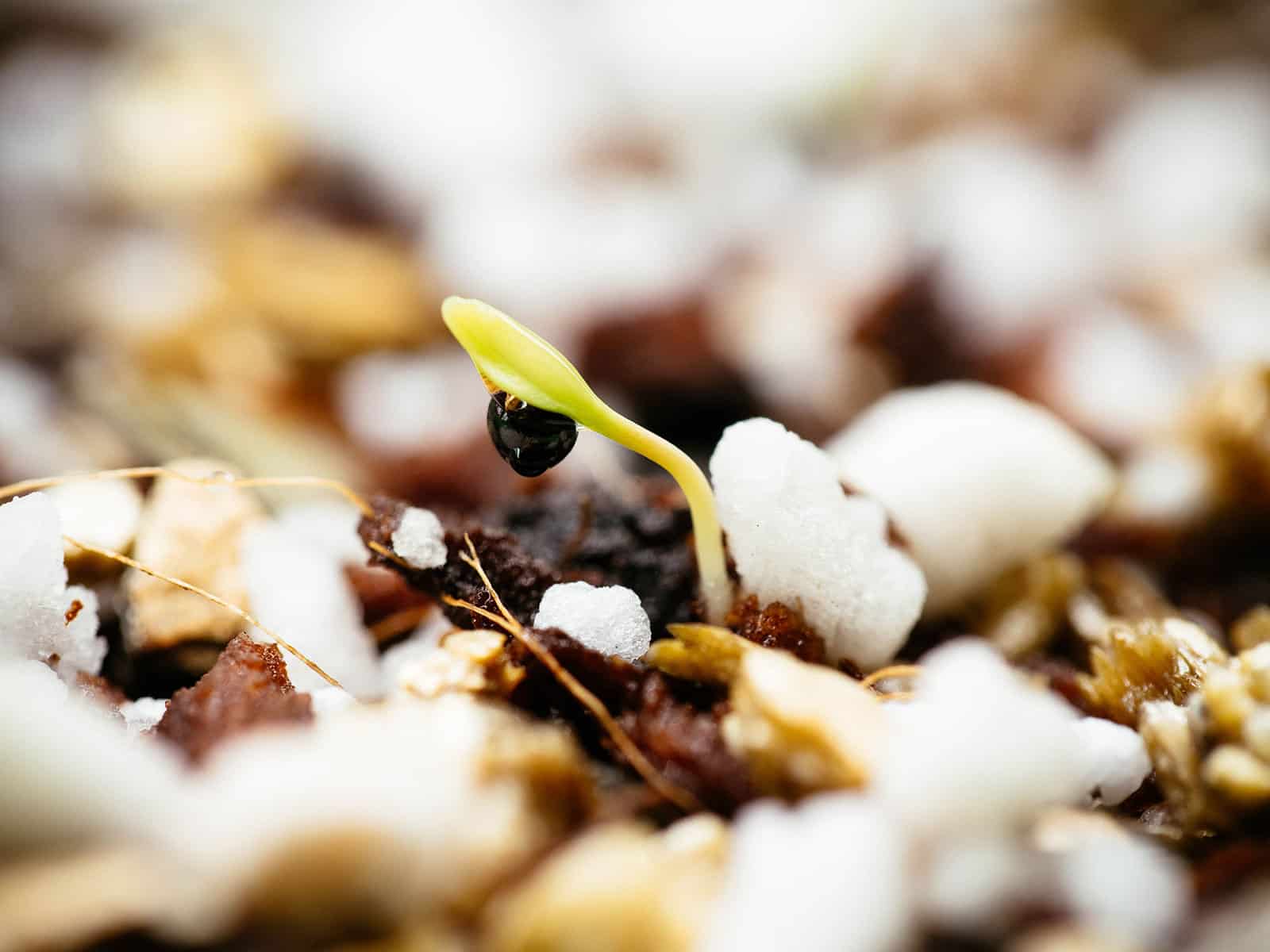
The nice thing is that while seeds require a minimum amount of time for cold stratification, there’s no maximum and no harm in leaving the seeds in the fridge for longer than you’d intended (as long as you don’t let them dry out).
Seeds that require cold treatment
Here are 47 common plants that germinate best with a cold treatment (though there are thousands of others). Be sure to check the seed packet or the seed supplier’s website for more details on their specific needs.
- Aconitum (aconite)
- Alchemilla (lady’s mantle)
- Allium (ornamental onion)
- Aquilegia (columbine)
- Asclepias (milkweed, some species)
- Baptisia (false indigo)
- Buddleia (butterfly bush)
- Clematis (clematis)
- Delphinium (larkspur)
- Echinacea (purple coneflower)
- Eremurus (foxtail lily)
- Eryngium (sea holly)
- Eupatorium (Joe Pye weed)
- Filipendula (meadowsweet)
- Gentiana (gentian)
- Hablitzia (Caucasian mountain spinach)
- Helianthemum (rock rose)
- Helianthus (perennial sunflower)
- Heliopsis (false sunflower)
- Heuchera (coral bells)
- Hypericum (St. John’s wort)
- Iberis (perennial candytuft)
- Lathyrus (perennial sweet pea)
- Lavandula (lavender)
- Lobelia (hardy lobelia)
- Lupinus (wild lupine)
- Mazus (creeping mazus)
- Mertensia (Virginia bluebells)
- Muscari (grape hyacinth)
- Myrrhis odorata (sweet cicely)
- Nepeta (catmint)
- Oenothera (evening Primrose)
- Penstemon (beard-tongue)
- Phlox (phlox)
- Physalis (Chinese lantern)
- Platycodon (balloon flower)
- Primula (primrose)
- Pulsatilla (pasque flower)
- Ranunculus (buttercup)
- Ratibida (prairie coneflower)
- Rudbeckia (black-eyed Susan)
- Sanguisorba (burnet)
- Scabiosa (pincushion flower)
- Syringa (lilac)
- Trollius (globeflower)
- Veronica (speedwell)
- Viola (violets)
When in doubt about whether a seed requires cold stratification, find out where the plant grows in the wild. If it comes from a cold region and its seeds mature in fall, there’s a good chance its seeds will need a cold treatment to germinate. Generally, the longer the winters are in the plant’s native land, the longer the cold treatment it requires.
Many native wildflower mixes (or seeds that are usually part of such mixes) need cold stratification as well, and germinate best when they’re scattered in the soil in fall.


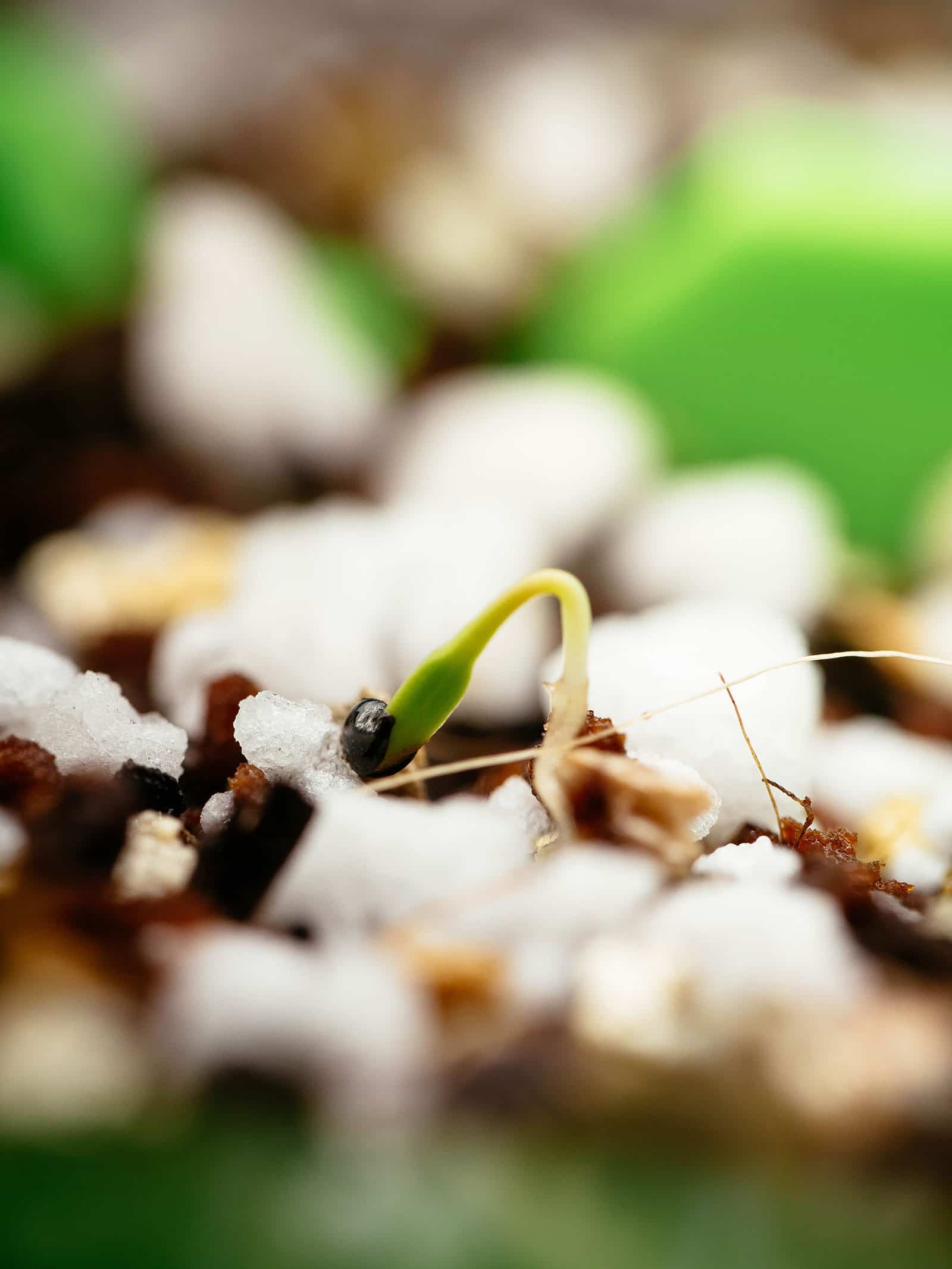
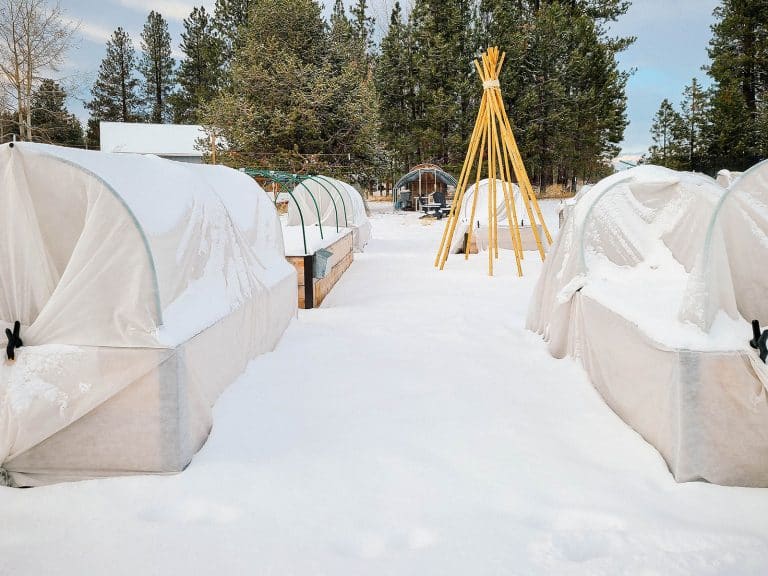
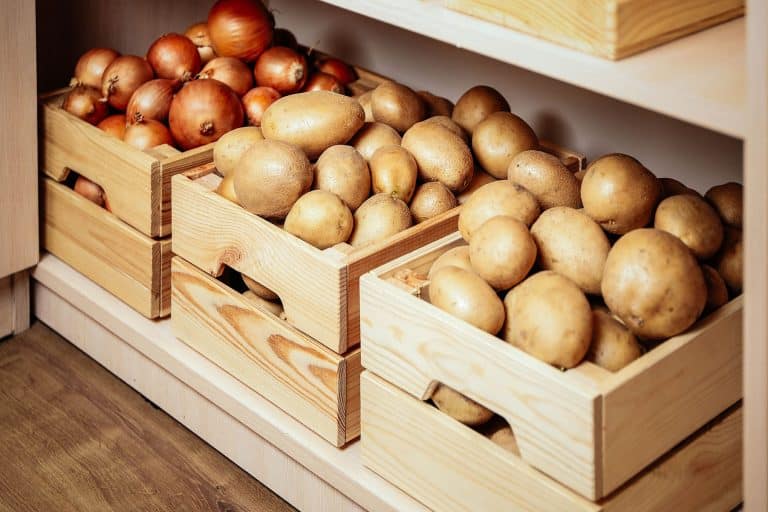
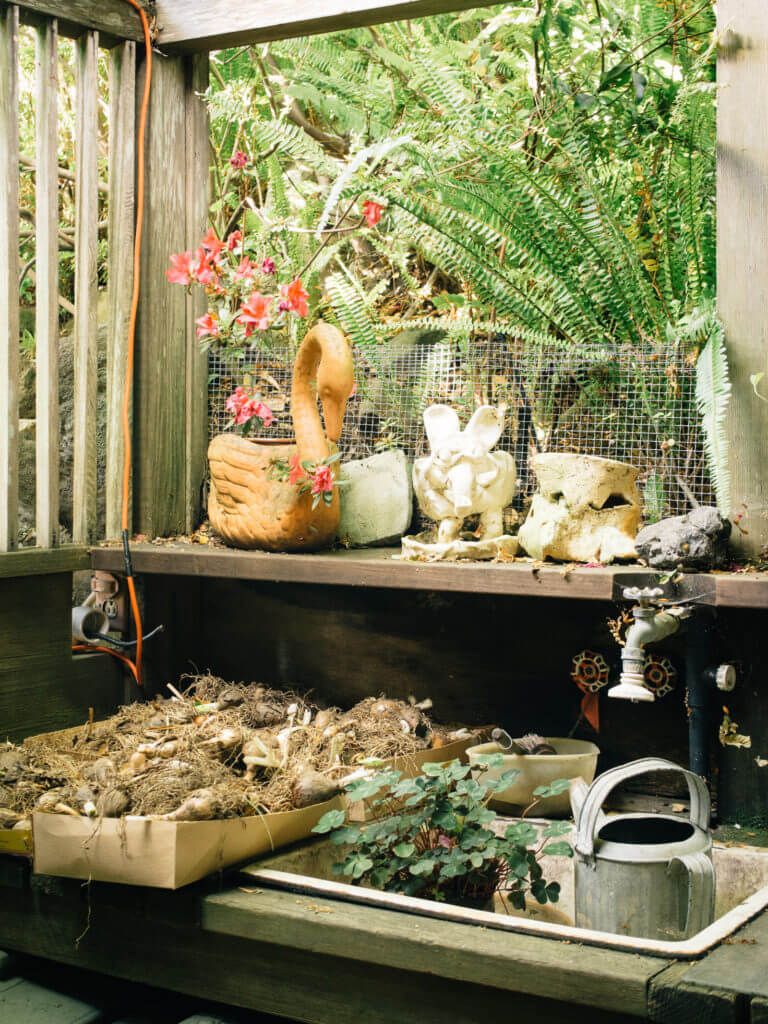
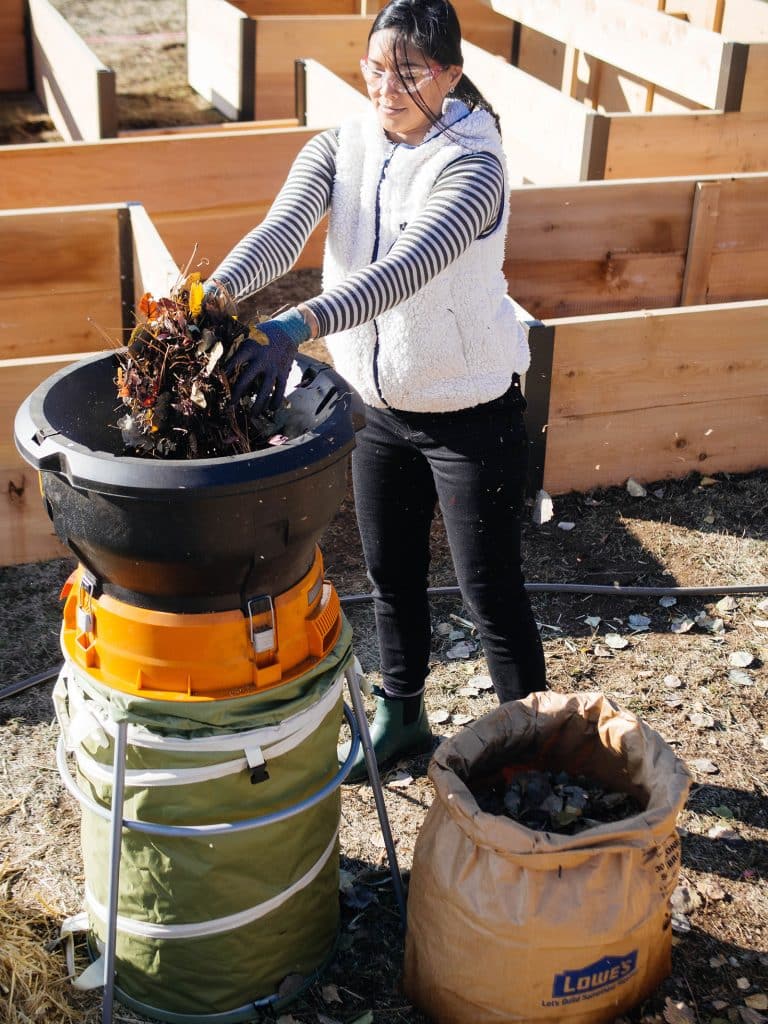
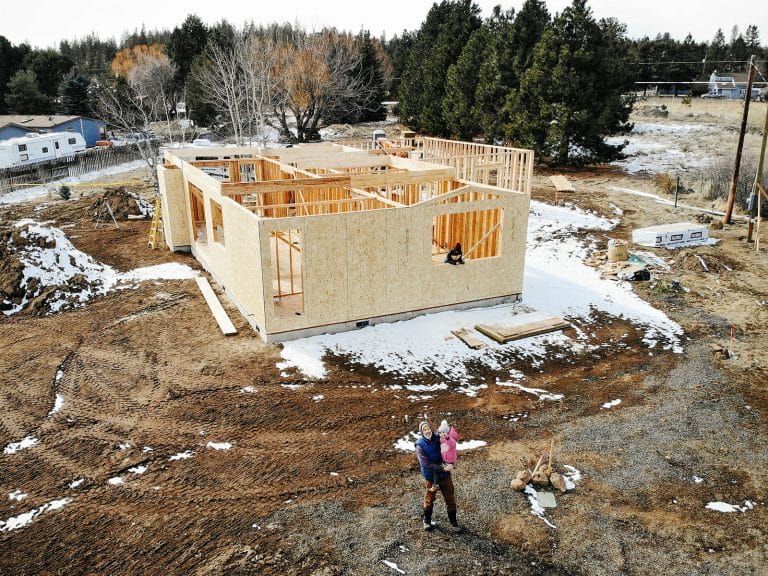
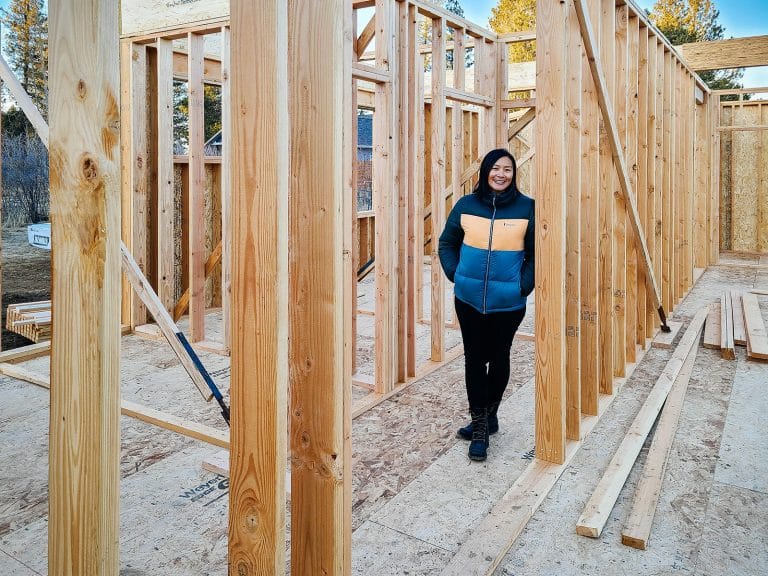
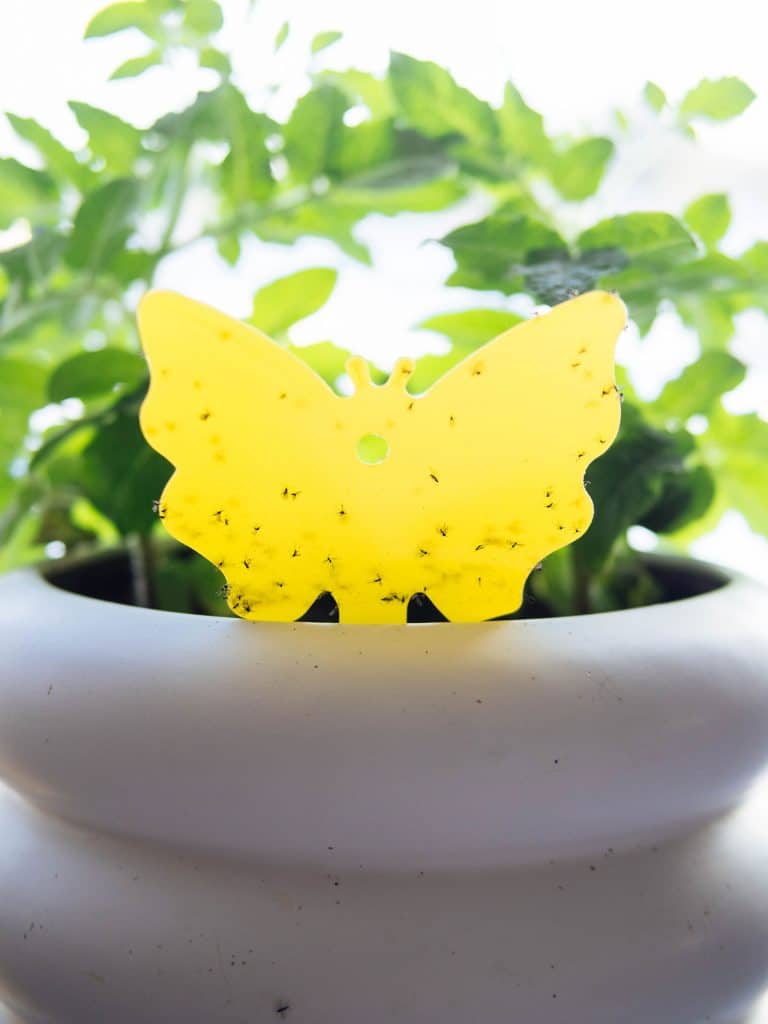
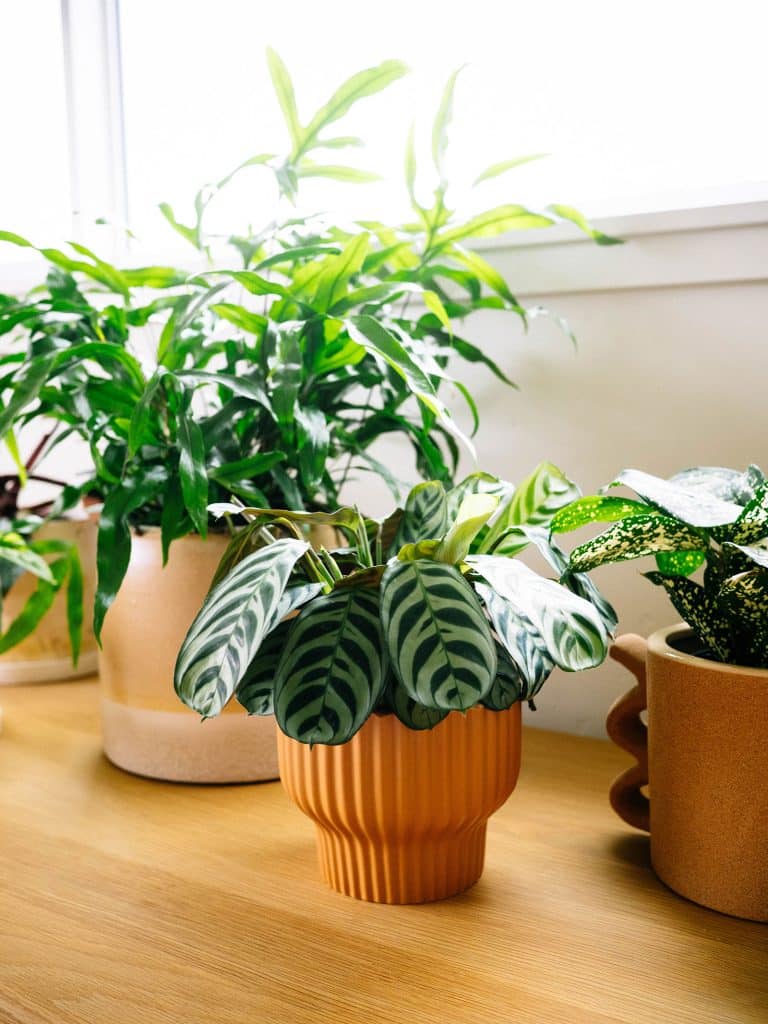
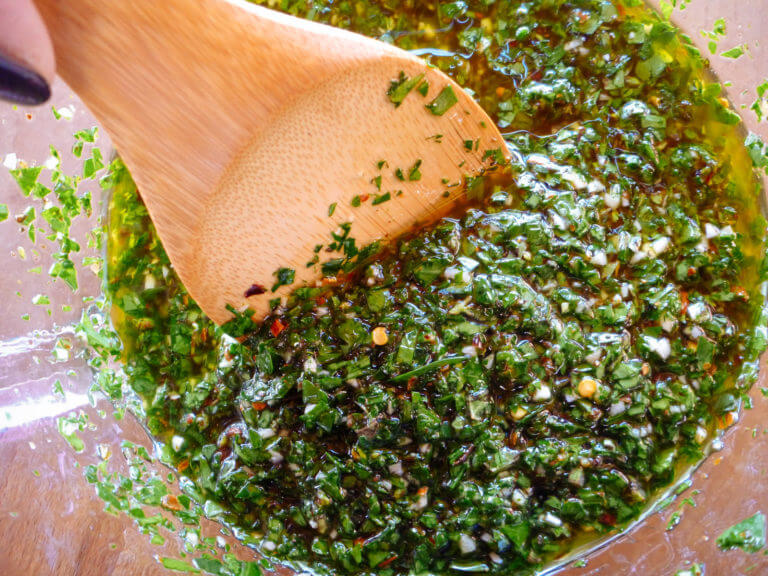
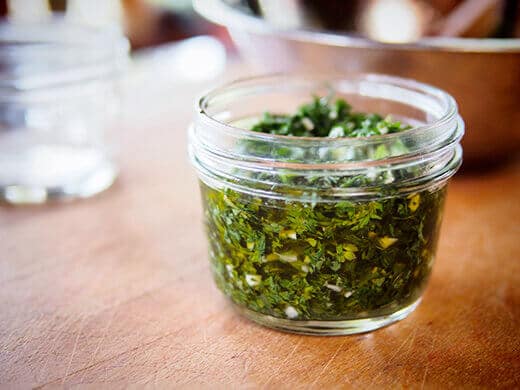

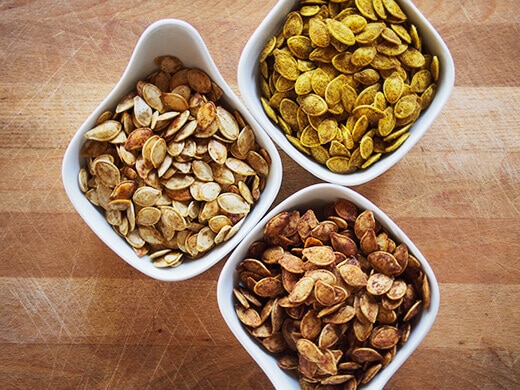

That is a quite useful post! Those of us who plant tree seeds need even more detailed info, not only for cold stratification (vernalization), but also often direct scarification (beating up on the seeds a bit.) For example, black locust requires HOT scarification. I’ve found that bring water to a boil and then waiting until I can hold my finger in it a bit will scarify black locust seed, mostly. There are always a few that do not swell and get wrinkled and that need a second scarification…sometimes even a third! This sort of replicates the passage of the seed through a bird’s digestive system. When I was on the advisory board of the Massachusetts Fruition Program in the 1980s, one of the other members mentioned that he wanted to grow a lot of apple seedlings for grafting. I told him to get some pomace from a cider mill. Till a stretch of soil, thinly apply the pomace, cover lightly with straw mulch, and wait until spring. At that time he reported that the method had worked very well! (Whew! I had been winging it.) Scarification usually refers to scratching the seed coat a bit (as would happen if a mammal had nicked it while chewing the fruit.) A good source for pregermination requirements of woody plants used to be a USDA Forestry publication with the title something like Seeds of Woody Plants of Norh America. The last issue that I had included tropical plants of Hawaii, a substantial distance from North America, last I heard. (These were among the large library that was abandoned when family hauled my nearly inert body to my daughter’s place in Vermont, to either die among family or recover somewhat. Surprisingly, the latter ensued.) Most garden vegetables have had pregermination requirements bred out of them, though some such as celery and lettuce require light to germinate. Lettuce, most varieties, does not like to germinate in warm temperatures, as well, another pregermination requirement. Lettuce is also reluctant to germinate in warm to hot weather, with some varieties doing better than others in that regard. As Linda often observes, presoaking most vegetable seeds improves germination, so, usually not strictly required, it is a useful pregermination measure. It would be interesting to learn which of the wild relatives of domesticated vegetables requires pregermination measures beyond suffiicently warm and moist soil. J.L. Hudson Seedsman, our of California, is a proponent of hormonal treatment of seeds otherwise reluctant to awaken. Some info on this topic is usually in the back of their catalog. While specializing in ethnobotanical species, they also have a selection of interesting vegetable varieties at the end and their prices are comparatively low. (That’s probably because they do not go to the great expense of illustrating their offerings in dazzling color.)